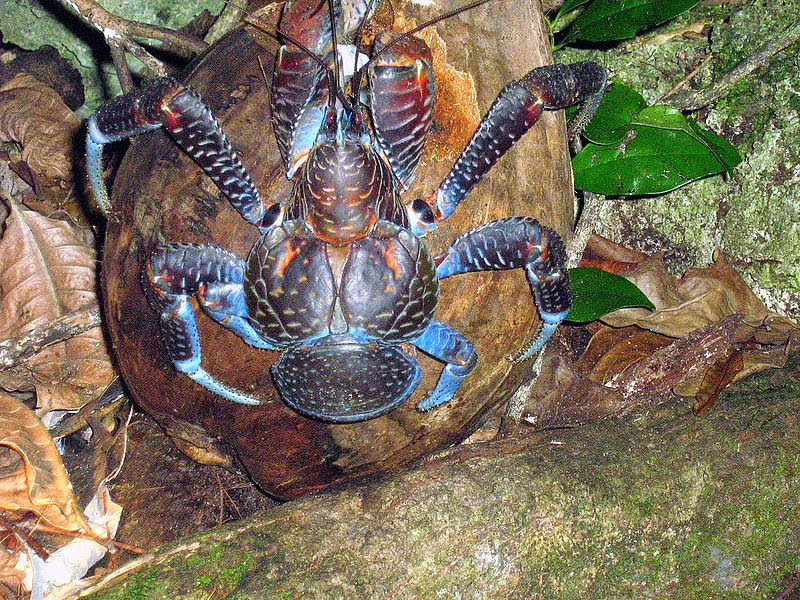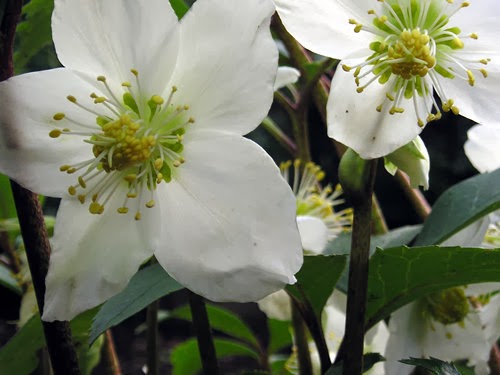![]() |
| Image credit - BS Thurner Hof |
The Camellia genus contains some of the most beautiful of all flowering trees and shrubs, they also hold some of the most coveted. And why wouldn't they be? They are evergreen, the majority of which are as tough as old boots, and they are more lime tolerant that the equivalent Rhododendron. But that isn't even half the story, it is the incredibly beautiful flowers that make this plant a world class show stopper!
![]() |
| Image credit - Kowloonese |
As we know, Camellias come in a huge range of species and cultivars so finding the exact species or variety you desire can be difficult. To make matters worse they can be expensive to purchase, especially if you plan to grow a reasonable selection.
Of course there is another way and that is to take your own cuttings. Now if you live in a climate that replicates their Asian environment then taking cuttings does not need to be any more complicated than sticking a short length of stem into the ground. However, if like me you live in northern Europe then you will need to make more of an effort. Now you will find a lot of secrecy and 'old wives tales' surrounding the propagation of Camellias but as with many exotic plants, so long as you are able to replicate its native environment success will follow.
How to propagate Camellias from cuttingsYou can take cuttings from camellias at any time of year, except when they are producing new leaf growth. Cuttings are best taken at dawn, preferably on a cool, cloudy day.
![]() |
| Image credit - http://www.walterreeves.com/ |
A cutting should be between 4-6 inches long with 3 to 5 leaves, of course some of the larger species may only have 1 leaf on this length. Using a sharp, sterilised blade make a cut underneath a leaf axle, remove the bottom couple of leaves and then take off a sliver of bark (no more than an inch long) down to the base of the stem.
The compost mix is very important. If you can get hold of a good quality spagnum moss-peat (not sedge peat) then make your own mix. Using moss-peat with horticultural sand create a 5 to 1 mix by volume. Finally mix in about 2 grams of calcium carbonate to 1 litre of potting medium to adjust pH.
If you can't get hold of moss-peat then replace with a good quality compost such as John Innes 'Seed and Cutting' and perlite to create a 2 to 3 mix by volume.
To give the cutting a helping hand, dip into rooting hormone powder, tap off the excess and stick into individual small plastic pots.
Place the pots in a heated propagator in bright conditions but out of direct sunlight. The cuttings will need at least 16 hours of light, so if you are taking hardwood cuttings over the winter you will need to provide additional light. A fluorescent tube will be fine however if the propagator is kept an occupied room in the house then the existing room lighting will be fine. Fill the bottom of the propagator with a half inch or so of balls of expanded clay (Hortag). The hortag will need to be kept damp to provide the necessary humidity while the cuttings root. Place the pots on top of the hortag, not in the hortag as the compost will need to be kept damp and not waterlogged. Keep the soil on the most side at all times.
The temperature of the heated propagator can be kept at 18 to 22 degrees of Celsius during the cooler half of the year, but this can be raised to 25 to 28 degrees of Celsius during the warmer half of the year when ambient light levels are higher.
![]() |
| Image credit - http://www.trehane.co.uk/ |
Be aware that dormant shoots can ripen, produce new buds and can convert these into flower buds - all without any root formation! This is difficult to judge as you cannot see if any roots have been produced without taking the pot out of the propagator and dismantling the root ball. With Sphagnum moss as the substrate, you can lift the plant, and rooting is easily recognized. However, with denser composts, you should wait until root tips occur at the bottom holes of the pot. If they have not shown within 6 to 9 months, or if the buds have turned brown, you should discard the cutting.
Once successfully rooted the young camellias can come out of he propagator and be potted on onto four inch pots. Placed them outside under the protection of a unheated greenhouse or cold frame in the spring. They can be planted into their final position two to three months later.
BS Thurner Hof image is licensed under the Creative Commons Attribution-Share Alike 3.0 Unported license.
Kowloonese image is licensed under the Creative Commons Attribution-Share Alike 3.0 Unported license
![]()















































